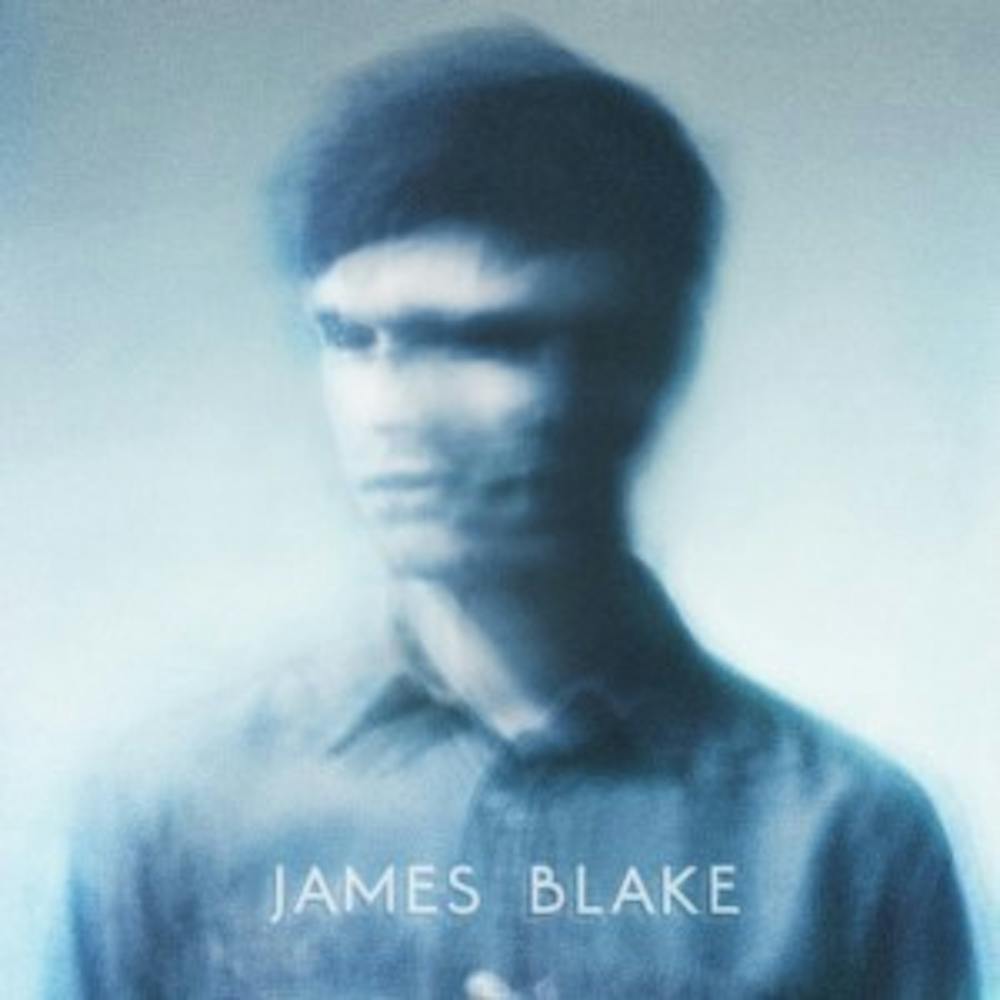It’s hard to pin down well–hyped London producer James Blake’s music and the eleven tracks on his debut self–titled LP are no exception. Blake’s signature is juxtaposition: he routinely sets against one another big synth sweeps, piano chords, dubstep beats and whatever else tickles his fancy. The approach inherently risks ending up overdone, since the option to add another instrument is always there. But on James Blake, which dropped Monday, the result is surprisingly controlled and cohesive. If anything, it has the opposite problem, ending up more on the underdone side of the spectrum.
The album opens up with dubstep–paced “Unluck,” whose layered vocals and noisy computerized hits make it a standout. The next two songs also do a good job of pitting Blake’s vocals against huge, brooding synth lines. “Lindisfarne I,” however, is where the album gets off track and it never fully recovers. On the song, Blake sings through a vocoder, unaccompanied except for a few minor synth notes toward the end. That aesthetic was sort of cool in 2005, when Imogen Heap’s “Hide and Seek” rattled around the MySpace world, but it feels drastically off five and a half years later on James Blake. “Lindisfarne II” is a definite improvement, adding some Bon Iver–esque finger–picked guitar into the mix, but the rest of the album is hit or miss.
Ultimately, James Blake is a short, dark glimpse of the guy’s sheer potential — but that very potential derives from the listener’s sense that he could do better. Blake is at his best when he’s least predictable, like on his cover of Feist’s “Limit to Your Love,” where dubstep elements meet piano and Blake’s crooned–out Feist lyrics. In other places, however, the music is flat and predictable, failing to introduce other elements to recontexualize the piano–and–vocals concept.







